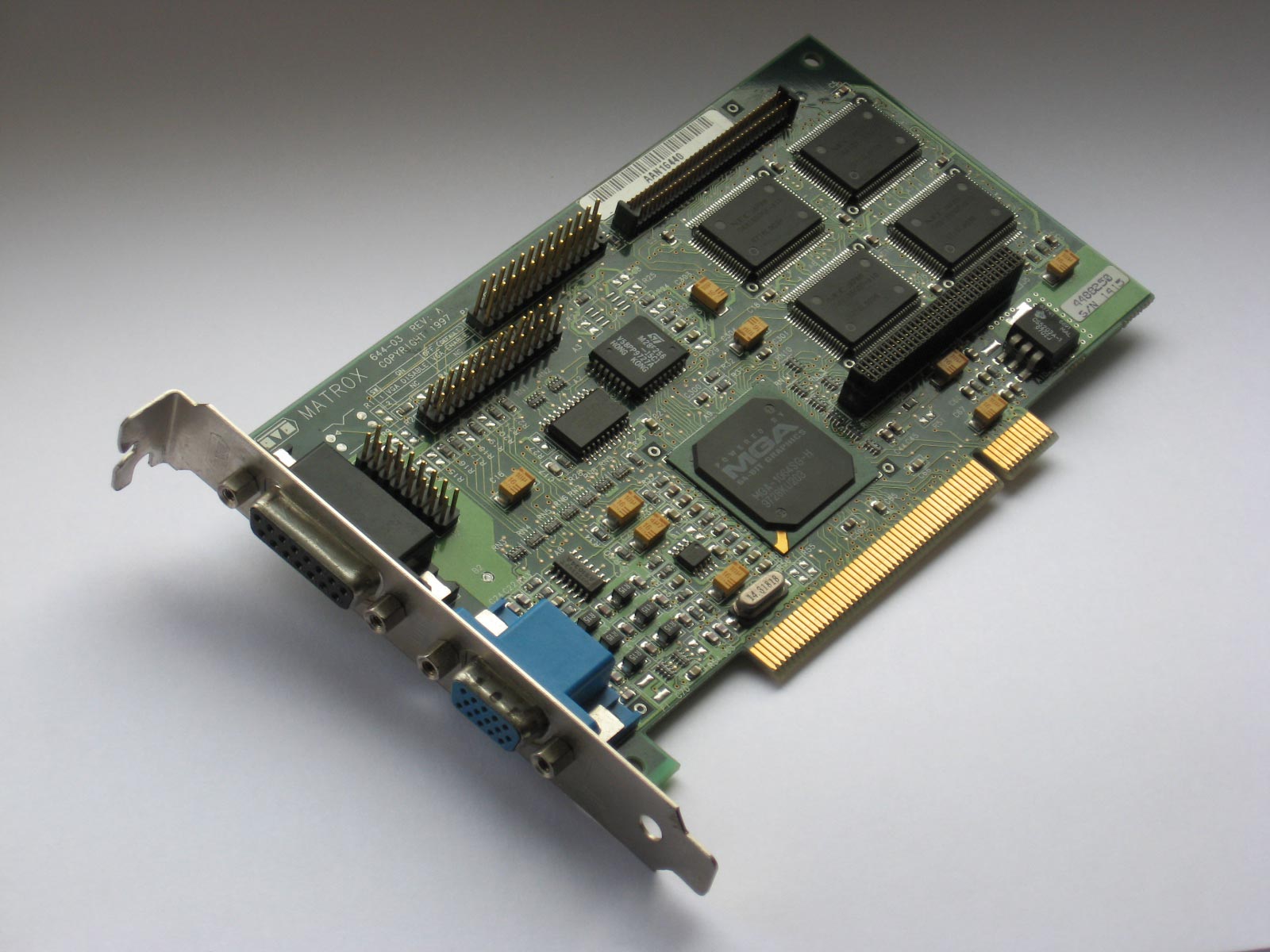“So, uh, what’s a Matrox Mystique?”
Matrox is a company which designed video cards for IBM compatible computers, along with a selection of other multimedia-centric devices. In the 90s they were competitive in a crowded market, and the Mystique was a card they offered at the dawn of consumer-level 3D accelerators in 1996. It was the first video card I ever bought, and its marketing touted capabilities as a singular solution for fast, high quality 2D and video playback as well as video games.

For 2D desktop work and video playback, it delivered. Video looked great, 2D was fast and fluid, and it was a major upgrade over the integrated video on my old Compaq Pentium 90. The Mystique also offered quality VESA video mode support, which was useful for the bevy of MS-DOS games still widely available. The 3D was an unfortunately different story. Their previous, well-received card was the Millennium, which offered some very basic 3D acceleration of line drawing and geometry. Matrox built upon that technical foundation for the Mystique but prioritized speed over quality while aiming to keep the complexity of the chip economical. Consequently, they left out so many rendering features that the card didn’t actually *work* with most games that came out afterward, or a fair number that already existed when it was new.
Continue reading “The Matrox Mystique vs. GLQuake: An Ancient Challenge”